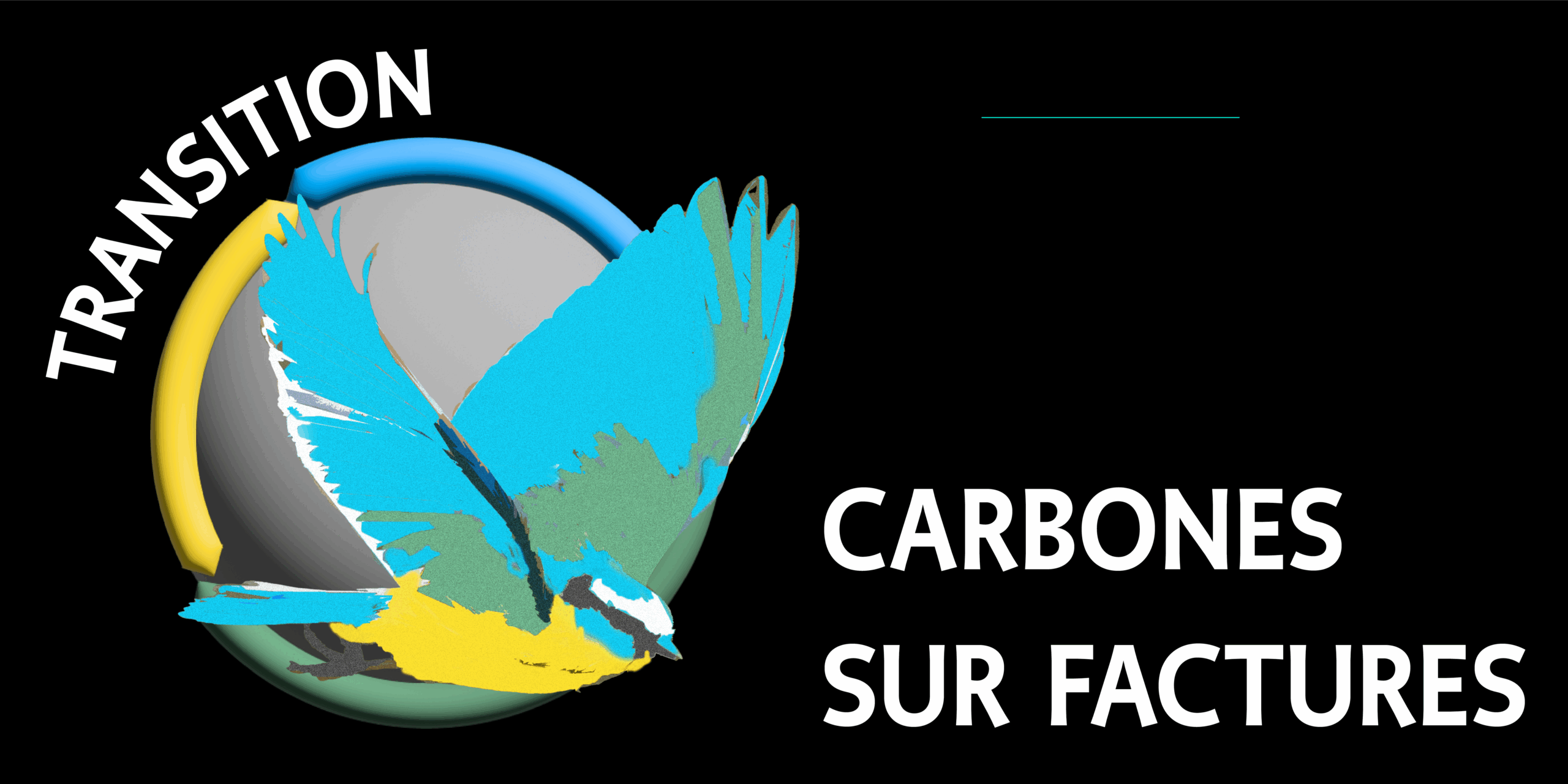What is this new way of measuring decarbonation like money ?
It is the operational culmination of voluntary research involving more than 200 people.
To have reliable carbon weights for products (the first stage), a private or public producer must enlarge its accounting to include decarbonation.
Its accountants apply the same rules as in silver (with a few specific features and by experimenting with free calculators)
– They receive the carbon weights of purchases from suppliers (on invoices, including for fuels to be burned), and pass them on to the products sold, as they do for costs.
– The carbon experts give the missing weights on purchases, and those of the carbons captured or emitted by production (most companies have nothing, since fuels are pre-deducted).
The counting and verification of carbon weights is simplified and made more reliable because it is spread out along the invoicing chain:
– Suppliers have already counted and checked the weights of their products upstream and passed them on on the invoice.
– The accountant checks that the organisation passes on to its customers all the carbons linked to its production. He and his colleagues check invoices on a sample basis to ensure that incoming and outgoing amounts are the same for suppliers and customers, as for costs.
– The client organisation will do the same for the weight of its own products, right up to the end customer.
The carbon weights give the producer the decarbonation of its organisation (its contribution to the decarbonation of the country and the planet). It measures :
-The annual reduction in the unit carbon weight of a product sold, by producing it differently (or the opposite in negative). By convention, the reduction in the unit weight of purchases is left to the upstream players.
-The increase in sales of products that are lighter in carbon than the average for producers of this product, and the reduction in sales of heavier products (or the opposite in negative terms).
-The impact of any decarbonation sharing agreements: the inventor of a decarbonation solution negotiates the sharing of half of the decarbonation when it occurs.
The annual decarbonation of a region is that of the players attached to the region, while the annual decarbonation of financing is that of the players financed.
See an example, Enlarged accounts for a catering company
See How to request carbons from a supplier
See The rules for economic measures enlarged to include carbons
See How enlarged accounting reinforces all current carbon counting methods (LCA, Bilan Carbone or GHG protocols, CARE or Triple Capital methods, personal carbon accounts, etc.
